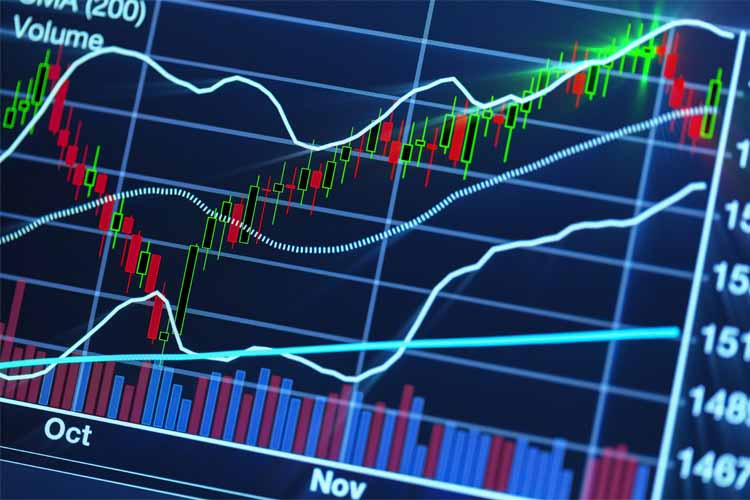
The DJIA historically outperforms in the six months leading up to a presidential election
We are now about six months away from the presidential election. Hillary Clinton and Donald Trump are the presumptive nominees for president for the two main parties this year. Soon, we'll be inundated with campaign ads on TV, in our mail, on Pandora … pretty much everywhere. I'm taking a look this week to see if the stock market behaves any differently in the run-up to a presidential election, compared to other years.
Presidential Election Years vs. Other Years: In election years, Election Day is the first Tuesday in November, unless the first day of the month is a Tuesday. In that case, it's the second Tuesday. Going back to 1900, I looked at how the Dow Jones Industrial Average (DJIA) performed in the six months leading up to that first or second Tuesday in November. The table below compares presidential election years to non-election years. Note that I threw out the year 1914, as the market was closed for an extended period of time for World War I.

We know from the "Sell in May" axiom that May through October is the worst six-month period of the year for stocks, and this study covers roughly the same time period. You can see in the first column that, for all years since 1900, the Dow averaged a return of just under 2% in the six months leading up to the said Tuesday, which is not too impressive. However, in the 29 election years since 1900, the average return is 5.39%, with 69% of returns positive. During non-election years, the Dow averages a gain of less than 1%, and is positive about 55% of the time.
The reason for the outperformance in election years is related to the higher percentage of positive returns. Also, when the Dow has fallen in election years, the drop has been smaller in magnitude (averages a 6.33% loss, compared to 10.8% loss in non-election years). I was expecting more volatility in election years than non-election years, but it's actually the opposite.
The data is pretty interesting and, now that we have it, let's fit a theory to it … even though you're not supposed to do this. First, the outperformance in election years is driven by the lower average negative return. It could be that investors never get too pessimistic heading into an election, because they are hopeful about the next administration or the mandate of the current administration (in years when the incumbent wins). As always, it could also be completely random. Whatever the reason, it at least gives us a reason to ignore the "Sell in May" theory during election years.
The chart below shows the typical path the Dow takes in the six months leading up to Election Day (whether it's an election year or not). It rejects the idea that election years are less volatile than non-election years. The standard deviation of the final returns shows less volatility (seen in the table above), but the path to get to its final return is more volatile.

In election years, the Dow has struggled from May through late July, but then it really took off in the month of August. It struggled again from early September into the first part of October, and then spiked one more time heading into Election Day. The typical path for non-election years, on the other hand, shows the Dow staying within about 1.5% of the breakeven line.
Sign up now for a trial subscription of Schaeffer's Expiration Week Countdown! We'll send you 5 trades for expiration week, each targeting double- or triple-your-money gains in less than 5 days.